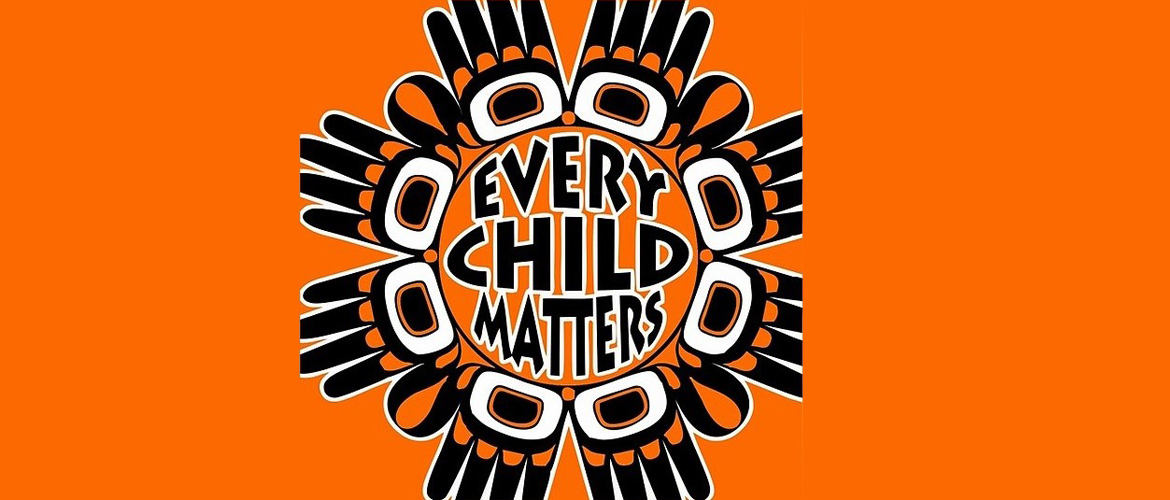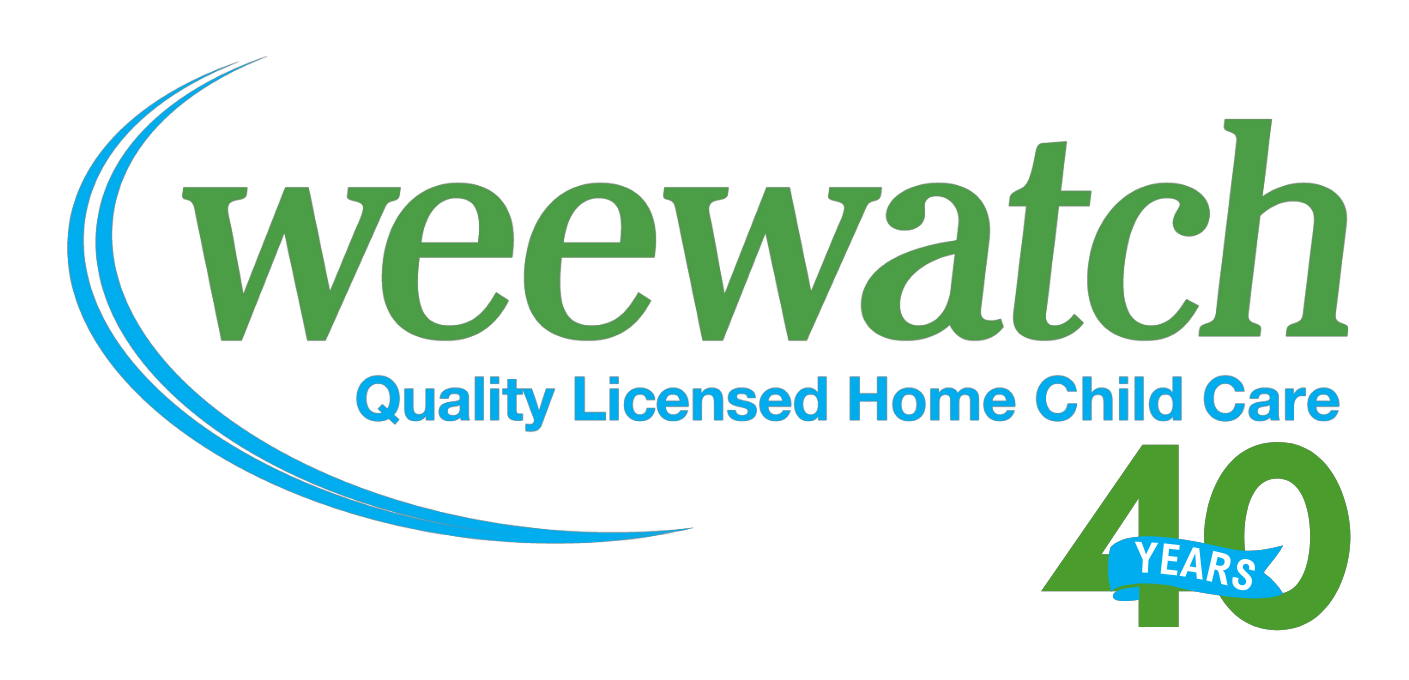
The National Day for Truth and Reconciliation is on September 30th. It is a day that Canadians are to honour the survivors of residential schools and reflect as a Nation on our history. For many Canadians, we have been taught a limited amount about the indigenous culture and experience and educating ourselves is an important first step towards reconciliation. The National Centre for Truth and Reconciliation is a good place to start. Their mandate is to raise awareness of the history and creation of the residential school system, its ongoing legacy and how it has shaped our country. They offer a number of resources for adults and children to make it easier to learn about this tragic history. Additionally, we have collected a number of resources, books, videos and links that can support parents in teaching their children about Indigenous Canadians, their stories and their language. Children as we know have the capacity to bridge communities and generations and through learning can stand up for a more equitable future for all children.
Books:
We recommend visiting GoodMinds.com First Nation and Metis and Inuit books
1.When I Was Eight By Christy Jordan-Fenton, illustrated by Margaret Pokiak-Fenton (Recommended for ages 6-9)
A girl who wants to learn to read travels far away to go to a school where they cut her hair and refuse to call her by her real name. Though everything she faces, Margaret holds on to her desire to read.
2. When we were Alone By David Alexander Robertson, illustrated by Julie Flett (Recommended for ages 4-8)
A beautiful story about a little girl who begins to notice things about her grandmother as they work together in the garden. Why does she wear her hair in a braid? Why does she speak a different language? Why does she dress in such colourful clothes? The answers all relate back to the grandmother’s time at residential school.
3. The Water Walker – By Joanne Robertson (Recommended for ages 3-7)
The story of a grandmother who walks to raise awareness of the need to protect our water (the giver of life) and our planet for future generations.
4. La Couveture / The Blanket / Maksa – By Silvain Rivard (Recommended for 4+)
The blanket warms, protects and allows children of all Nations to have sweet dreams. The book reflects on the origin and meaning of the many patterns on blankets. This book is trilingual, offering versions in French, English and Abenaki, a language of the Algonquian family.
Videos:
1. Maq and the spirit of the forest – animated short film
This animated film is about Maq, a Mi’kmaq boy who realizes his potential with the help of inconspicuous mentors. When an elder in the community offers him a small piece of pipestone, Maq carves a little person out of it. Along his path Maq meets a curious traveller named Mi’gmwesu. Together they share stories, medicine, laughter, and song.
2. . The Word Indigenous Explained – short video – by CBC
CBC Kids News Sid and Ruby explain that Indigenous people are the first people to live in a place. They discuss a number of different communities and nations that make up the indigenous people of Canada
Other Resources:
1.What is Orange Shirt Day? A Collection of Learning Resources from CBC for children
2. Imagine A Canada: The Imagine a Canada 2021-2022 program asks Canadian youth all ages to envision a Canada reconciled. Children can share their visions for reconciliation through a poem, a song, a painting, a sculpture, a rap, a drawing, an essay, anything! Follow their Facebook page to see some previous submissions.
